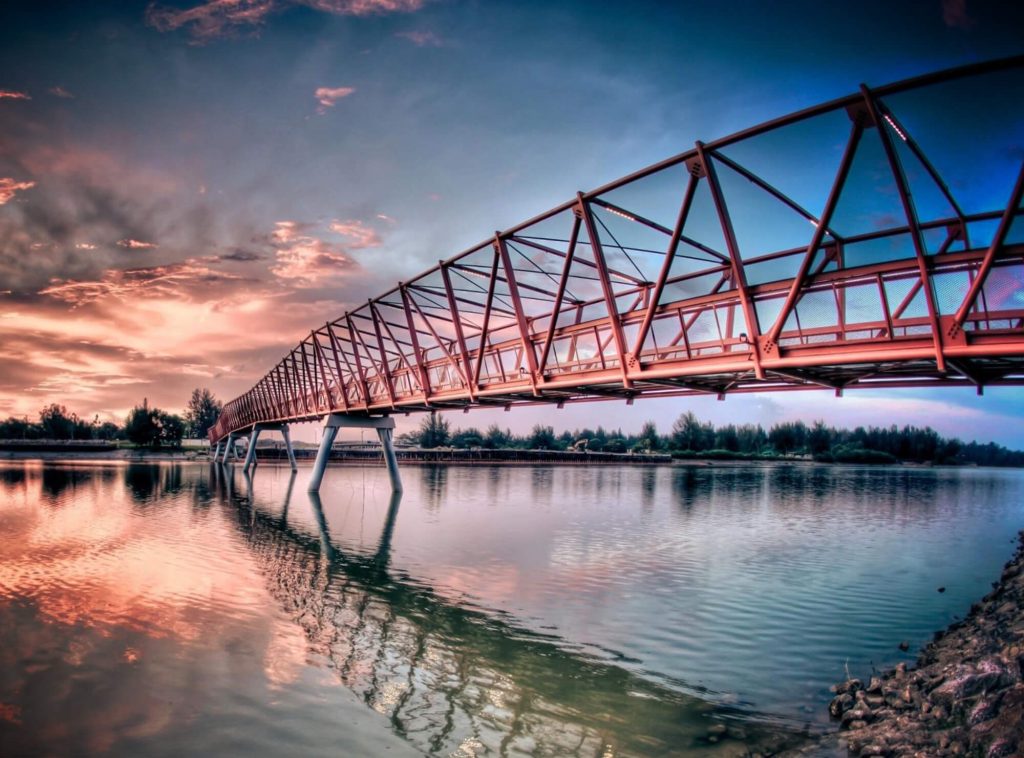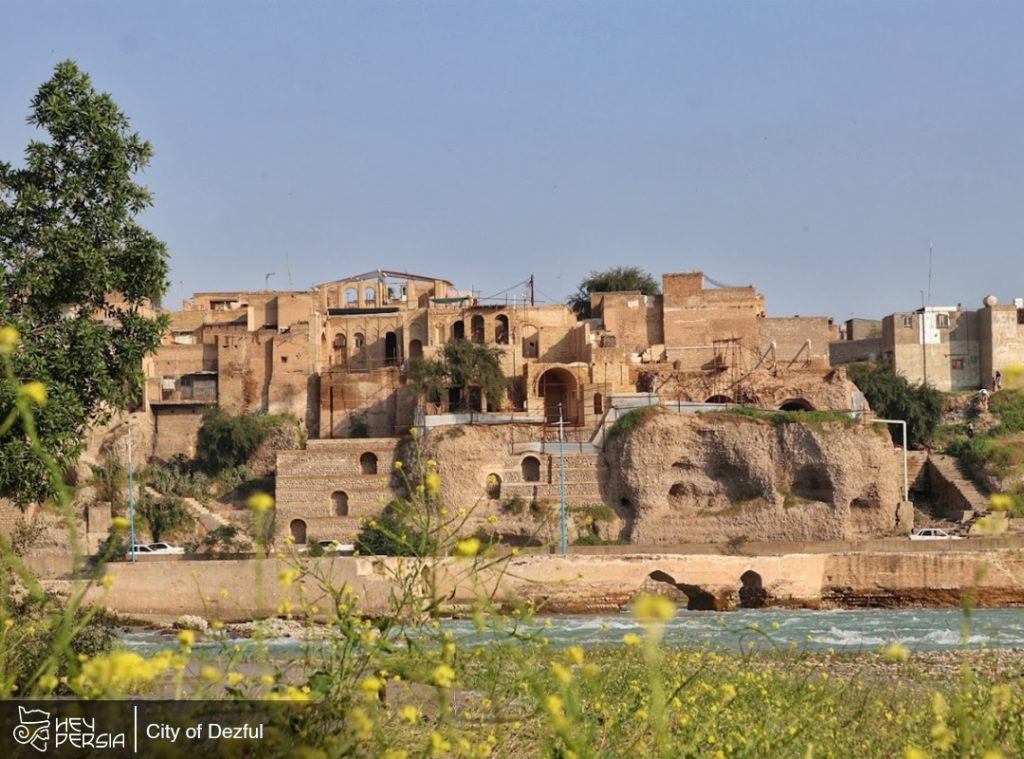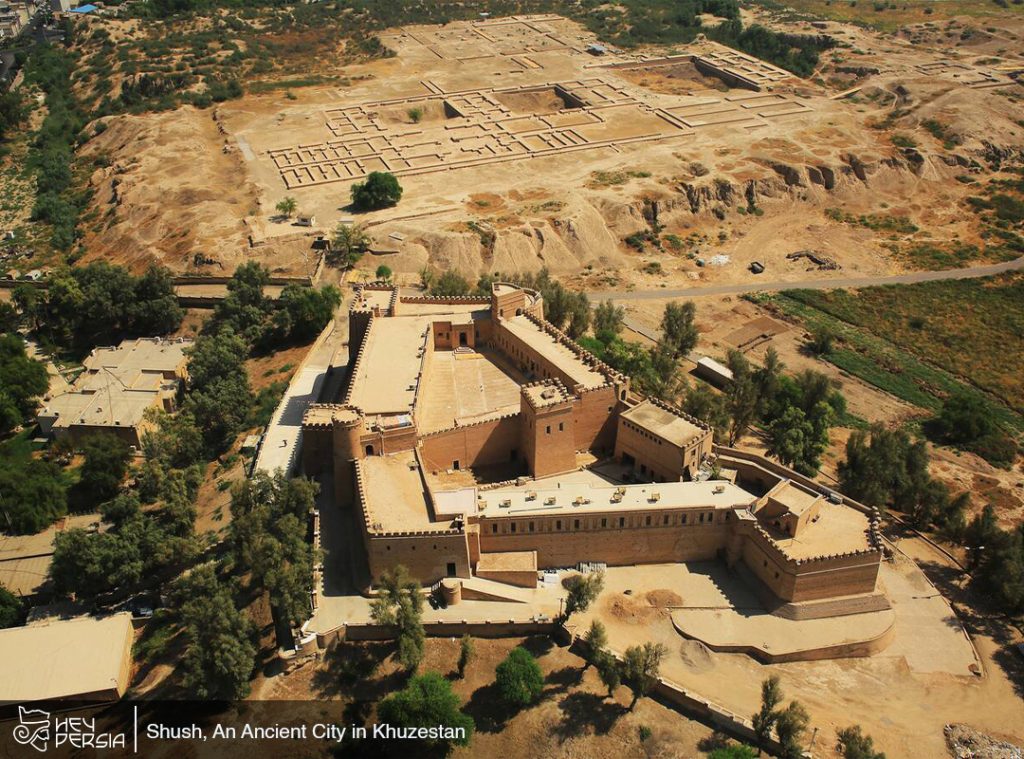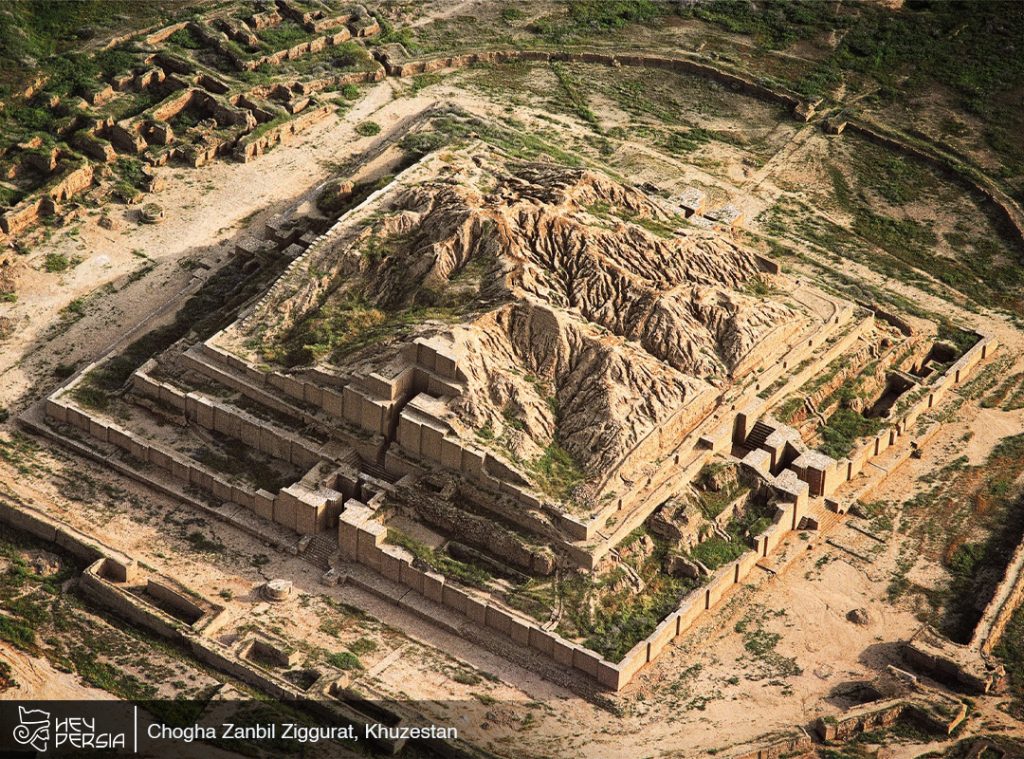Karoun River is the longest river in Iran. It irrigates many cities and villages along its route. The plain of Khuzestan also takes its life from the Karoun River. The river was navigable several years ago. Its upstream residents have fond memories of its ships.
River of life and existence
Above all, Khuzestan plain has a warm climate most of the year. Accordingly the lands of Khuzestan have been composed of water from the Karoun River for millions of years. the soil of this province is very fertile and suitable for agriculture. Khuzestan plain is irrigated by Karun river and other rivers and is one of the few parts of Iran that has not had water shortage throughout history. Considering what we have said so far, it is not strange that Khuzestan is the cradle of the oldest civilization in Iran and the foundation of Iranian civilization, founded in this plain, is the Elamite civilization.
Karoun River of Ahvaz
The names of the Karoun River include Koohrang, Kern, and Karnak. Archaeologists agree that the Karun River is the ancient Cupertos. Although the ancient Cupertos is one of the four rivers that, according to the Old Testament Bible, irrigate the Garden of Eden. With the arrival of the Aryans, Karun became vital to our civilization. But none of the ancient dynasties of Iran ignored its importance. Afterward, the existence of many dams and historical dams left on Karoun proves its importance in the eyes of our ancestors.
The importance and wealth of Khuzestan doubled after the exploration of oil in it. Since then they have named Khuzestan Zarkhiz. But the role of the Karoun River does not end here in the imposed war, While the Iraqi army was advancing, the Karoun River came to our aid and, like a natural fence, prevented the enemy from advancing.

Foundations of Karoun river
Karoun river has several sources. The three main springs of which are Armand, Bazaft and Koohrang rivers. They originate from Zardkooh in Chaharmahal and Bakhtiari province. Also Karoun has several other tributaries and their confluence forms the wateriest river in Iran. Dena Heights in Kohgoluyeh and Dez Heights in Lorestan Province each supply part of Karoun water. Shushtar is the first city in Khuzestan that Karun reaches. In the early twentieth century, the discovery of oil in Masjed Soleyman caused the British to bring ships to Karoun and even their ships from Karoun to Shushtar. After passing Shushtar, 35 km north of Ahvaz, the Great Dez River flows into Karoun and the Karoun River becomes waterier.
The Karoun River has caused the city of Ahvaz to be divided into eastern and western parts. Also, after passing Ahvaz, Karun river goes to Khorramshahr. Before Khorramshahr, Karoun is divided into eastern and western branches. The eastern branch is called Bahmanshir and after entering Khormousi, it flows into the Persian Gulf. Accordingly The western branch reaches Arvand after passing through Khorramshahr and finally disappears in the Persian Gulf.
Karoun river dams
Several dams have been built on the Karoun River. Including: Karun 1, Karun 3, Karun 4, Masjed Soleiman Dam, Gotvand Dam and Karun 2 Dam under construction. Among them, Karoun 4 Dam with a height of 230 meters is the tallest dam in Iran and Karun 3 Dam with a production of 4172 MW is the largest hydropower plant in Iran. In recent years, the lake behind Karun 3 Dam has become an attractive place for tourists. The lake of this dam is located in the heart of the soaring mountains and the existence of mountains and straits has made this lake a suitable place for boating.
The proximity of the two lakes of Karun 3 and 4 dams has caused Dehdez village to be located between these two lakes and the high altitude and mountainous texture of the region, offers unique views of mountains, water and forest to the visitors. Shivand waterfall and Karun 3 arched bridge also surprise many tourists.
Shushtar water structures
One of the spectacular attractions of Karoun River is Shushtar water structures. Khuzestan was in danger of flooding rivers and flood damage, and this danger was never serious to the ancient Iranians. On the other hand, It was almost from the Achaemenid period that the Iranians decided to build a dam and dam on the Karun River. The result of their work is a complex structure that was built over five hundred years and today is considered one of the wonders of ancient engineering. Shushtar water structures are a collection of dams, bridges, dams, streams and mills.
This magnificent structure was able to control water, ward off flood risk and even generate energy. Along the Karun River, engineers have built artificial waterfalls. Accordingy, they use it forthe energy that water has due to the difference in height to move the mills and produce flour from wheat. The authorities registered Shushtar water structures in 2009 as the tenth world monument of Iran in the UNESCO World Heritage List.






